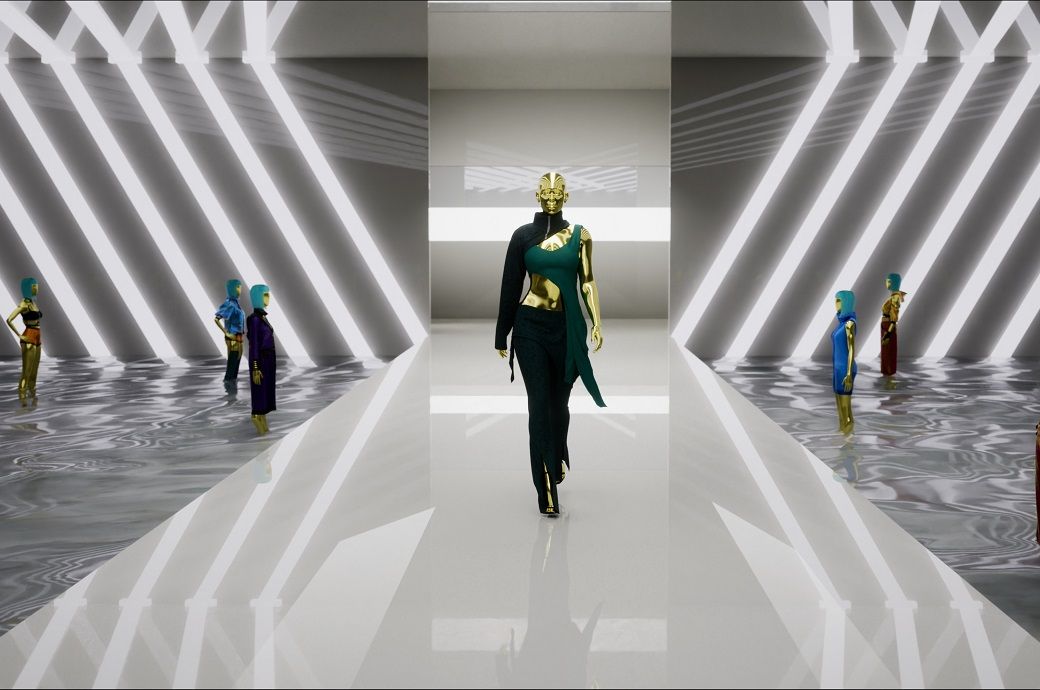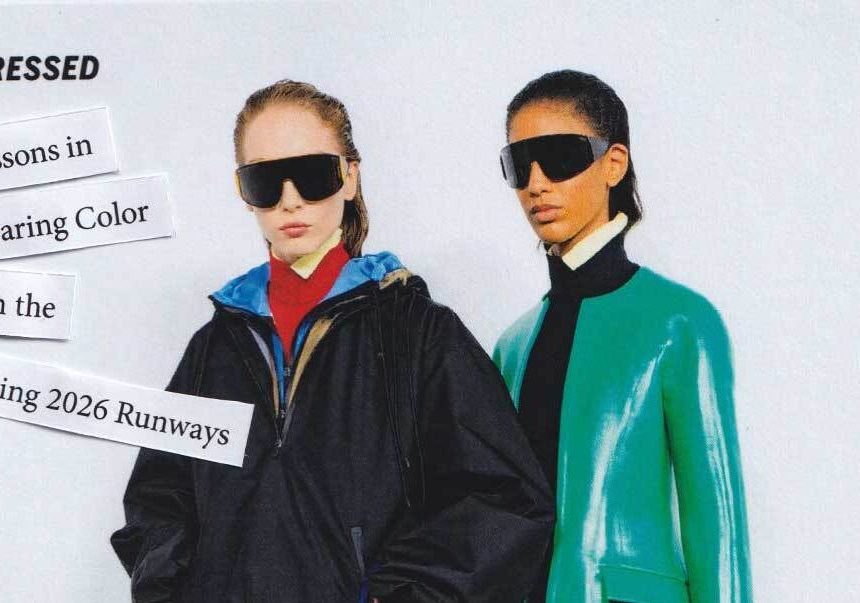By
Bloomberg
Published
October 15, 2025
Luxury might not exactly be back, but it is certainly moving in the right direction. That’s the message from LVMH Moet Hennessy Louis Vuitton SE, the world’s biggest seller of top-end goods. Yet just as investors overly punished the sector earlier in the year, they may now be betting on a bling bonanza that could prove elusive.
LVMH on Tuesday reported that sales excluding currency movements and mergers and acquisitions rose 1% in the three months ended September 30, the first increase in revenue this year. Organic sales from the crucial fashion and leather goods division declined 2%, but this was much better than both the 3.5% drop that analysts had expected and the 9% slump in the second quarter. The shares gained as much as 14% in early trading on Wednesday.
LVMH’s performance underlines that the worst is probably over for luxury. US demand has bounced back from April, when even wealthy shoppers went on a buyers’ strike, driven by the combination of steep increases in the price of handbags and slumping stock markets in the wake of US tariffs. With equities roaring back, Americans are buying more champagne, and not just because of stockpiling ahead of higher levies. And as the US recovers, the other engine of growth, China, is stabilising, with sales of designer clothes and handbags on the mainland turning positive in the third quarter.
While LVMH benefited from comparisons with difficult conditions a year ago, its own initiatives are paying off, such as The Louis, a store in Shanghai shaped like a ship that’s not only proving a tourist attraction but is also boosting luggage sales. New designers, including at LVMH’s Dior and Celine brands, are creating excitement around fashion once more.
And the improvements aren’t just coming from price increases. Well-heeled shoppers are back- and buying. The more encouraging backdrop explains why luxury stocks have rebounded. Shares in LVMH are up almost 24% in the past six months.
Luxury stocks were clearly oversold earlier in the year amid fears that demand had been permanently dented by so-called ‘greedflation’ by big brands. But just as investors then were too gloomy, now they may be getting ahead of themselves.
Aside from some pieces from Demna Gvasalia’s first collection for rival Kering SA’s Gucci- only available for just over two weeks to drive desirability- and LVMH’s Celine, most fashion products shown on the runways won’t appear until early next year.
Meanwhile, sales over the next few months will compare with the final quarter of 2024, when exuberance after the US election drove a wave of demand for Cie Financiere Richemont SA’s Cartier watches and scarves from Britain’s Burberry Group Plc.
And just as the prospect of tariffs- and resulting equity market declines- put paid to last year’s bounce back, there’s a danger that a return of trade tensions, recent wobbles in stocks and crypto currencies turning into a deeper rout or an uptick in US unemployment could undermine top-end spending this time around.
But the biggest factor that will determine whether the luxury revival is sustainable is China. LVMH said that while domestic sales to Chinese shoppers were now expanding by a percentage in the mid-to-high single digits, their spending abroad- which tends to be more extravagant- is still experiencing a double-digit decline.
Even if a recovery takes hold, it might not be felt evenly across the industry. LVMH, given its considerable scale, should be a winner. It has two of the most talked about new designers- Jonathan Anderson at Dior and Michael Rider at Celine. The company also announced on Tuesday that former Dior designer Maria Grazia Chiuri would become the creative director of Fendi. It can use its marketing clout to stay at the forefront of consumers’ minds, as the success of The Louis shows.
At rival Kering, the turnaround depends primarily on Gucci designer Demna. He’s made a strong start, but the brand must build on that early promise. Meantime, those companies that have prospered in a market dominated by jewellery and understated fashion might not do so well in a revival. Hermes International SCA tends to outperform when times are tough because it enjoys more demand for its bags- the Birkin, Kelly and Constance- than it can meet. But equally its production constraints mean it can’t sell many more of those bags in the boom times.
Richemont has also ridden the jewellery wave as price hikes for handbags have made baubles better value for money. But more moderate price increases for leather goods, as well as the creative overhaul, means more competition for jewellery.
For now, top-end demand looks brighter than it has for the past two and a half years, the brief post-election boom notwithstanding. But as anyone fond of the latest looks knows, fashion is notoriously fickle. Luxury investors will be hoping that the nascent recovery is the start of an enduring trend, and not a dopamine-driven spike that will quickly evaporate.


